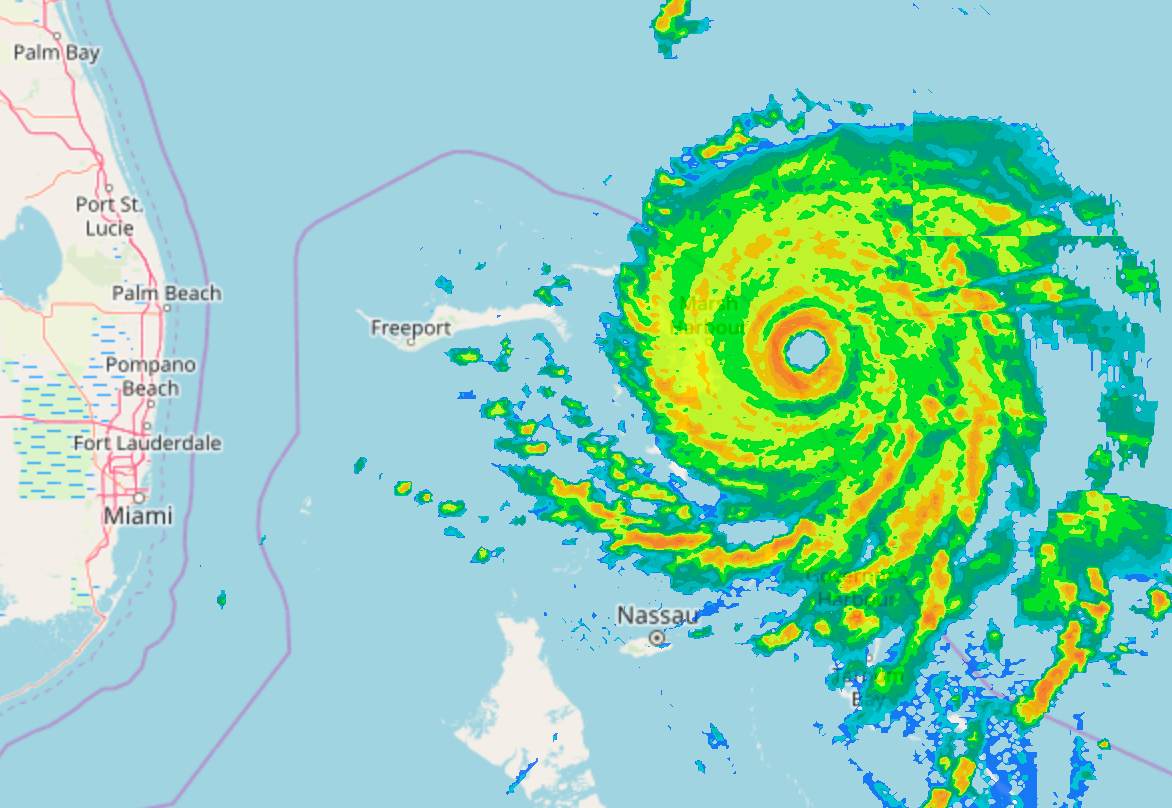The chance that hurricanes making landfall in the United States during the 2020 Atlantic tropical storm and hurricane season has become even more pronounced with the latest forecasts, but remains less elevated than the chance of it being a far above average hurricane season from an activity point of view, according to ILS investment manager Twelve Capital.
 In a previous update on the tropical Atlantic, the insurance-linked securities (ILS), catastrophe bond and reinsurance focused investment manager highlighted the tropical Atlantic’s main development region (MDR) and the Gulf region as two regions to watch for higher than normal activity this year.
In a previous update on the tropical Atlantic, the insurance-linked securities (ILS), catastrophe bond and reinsurance focused investment manager highlighted the tropical Atlantic’s main development region (MDR) and the Gulf region as two regions to watch for higher than normal activity this year.
The ILS manager’s analysis in June suggested that, while forecasts point to above average storm and hurricane activity, landfall risk was seen to be rising more slowly.
That’s changed now, with the risk of hurricane landfalls now seen as higher than it was back in June, reflecting the latest forecasts to have come in over the interim period.
Twelve Capital works with machine learning focused climate technology company reask on hurricane risk analysis and the pair have developed a proprietary North Atlantic hurricane seasonal forecast methodology.
With this modelling work, the ILS fund manager hopes to benefit from a more complete insurance risk assessment framework, when it comes to hurricane risk, incorporating a measure of regional hurricane landfall risk.
Twelve Capital and reask highlight that the main signals picked up from the June hurricane forecasts, of anomalously warm sea surface temperatures (SSTs) in the Atlantic, SST’s in the Pacific being indicative of a potential La Niña event before the end of the hurricane season, and precipitation and convection patterns in line with a strong West African Monsoon (WAM), all remain dominant.
As a result, the mean August forecast for hurricane activity levels have risen to 18.7 named storms, up from the 17.6 predicted in June, across the forecasts Twelve Capital tracks.
Forecasts for numbers of storms have risen for all the main regions, of the MDR, the Gulf and the East Coast.
However, the June forecasts had suggested that steering flow patterns and wind shear conditions might act as a natural protective barrier for the U.S. during peak hurricane season, lowering the rate of landfalls.
As of the August forecast updates, Twelve Capital said, “While this is still expected to broadly be the case, the strength of the signal has decreased. As a result the August mean forecast has risen to 1.6 US landfalls for MDR systems and 2.3 for storms originating from the Gulf region.”
As a result, the landfall risk is now more pronounced than it was, although Twelve Capital say that it still lags behind the forecast increases in named storm and hurricane activity.
“Beyond named storm activity, the state of the steering flow and wind shear patterns in August-October are key to assessing potential US landfall risk. The June forecast identified 2010 as a likely analogue year when assessing the key predictors for landfall risk. While 2010 still remains a good analogue year, the updated levels of landfall predictors have trended slightly above those observed in 2010,” the ILS fund manager explained.
With a record eleven named tropical storms already come and gone, 2020 is set to see activity levels continue apace, Twelve Capital believes.
Importantly, Twelve Capital highlights that the Australian Bureau of Meteorology has upgraded its ENSO outlook from “Inactive” to “La Niña watch” since the June forecast releases.
Further explaining that, “The emergence of a La Niña event would favour hurricane activity by limiting vertical wind shear.”
This, plus an expectation of a strong West African Monsoon (WAM), which would see easterly waves rolling off the African continent into the Atlantic that are prime for tropical cyclone genesis over the deep tropics, suggest the forecasts may be right.
As ever, landfalls are what the insurance, reinsurance and insurance-linked securities (ILS) market closely watches for through the hurricane season and in 2020 with activity levels elevated and landfall probabilities too, the coming weeks as we move towards the peak of the season may prove nerve wracking for some.
Track the 2020 Atlantic tropical storm and hurricane season on our dedicated page and we’ll update you as new information emerges.
 View all of our Artemis Live video interviews and subscribe to our podcast.
View all of our Artemis Live video interviews and subscribe to our podcast.
All of our Artemis Live insurance-linked securities (ILS), catastrophe bonds and reinsurance video content and video interviews can be accessed online.
Our Artemis Live podcast can be subscribed to using the typical podcast services providers, including Apple, Google, Spotify and more.































